
Ancient Encounters
Agra Fort Uttar Pradesh India
Mother Masala Tours
A Tribute to Mughal Heritage
Unesco's Agra Fort Uttar Pradesh India. A city with a rich historical narrative, situated on the banks of the Yamuna River. The name "Agra" is derived from the Sanskrit word Agarvatika, which refers to “a place of flowers.” With a population exceeding 1.7 million, Agra thrived as the capital of the Mughal Empire in the 16th and 17th centuries. The Fort, was commissioned by Emperor Akbar in 1565 as a military stronghold and royal residence. Built from red sandstone, the fort reflects the Mughal’s grand style and strategic brilliance. Over time, the fort underwent substantial renovations and expansions under Emperor Shah Jahan, who added his unique touches to its design during his reign. The fort, a Unesco World Heritage Site, known for its massive walls and intricate courtyards.
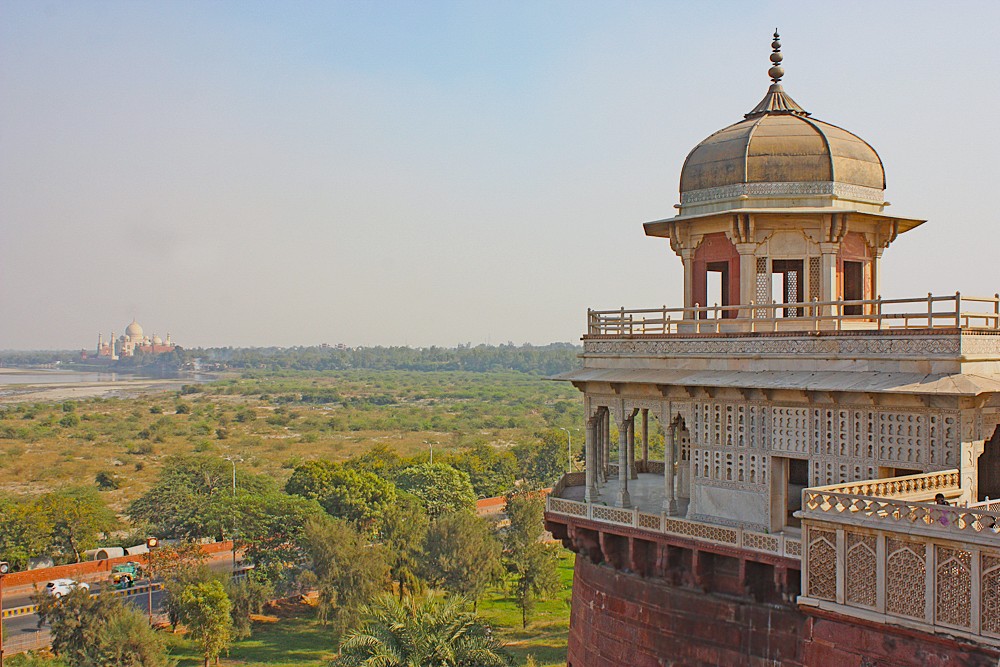
Agra Fort Uttar Pradesh India: Sacred Spaces
The Moti Masjid - Pearl Mosque, stands out with pristine white marble radiating tranquility, a testament to Mughal devotion and style. Jahangir Mahal features elaborate carvings and inlaid work reflecting period luxury. The fort includes administrative areas instrumental in imperial governance. Diwan-i-Aam housed public audiences while Diwan-i-Khas hosted private royal meetings. Intricate sandstone and marble craftsmanship adorn every archway and pavilion. Gardens and waterworks demonstrate advanced engineering.
Ancient Mosaics: Impeccable Craftsmanship
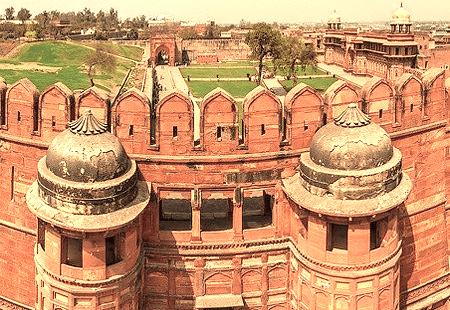
Agra Fort Uttar Pradesh India. A magnificent example of Mughal architecture stands before us. Its extensive red sandstone walls reveal intricate patterns and lovely floral motifs. We see clear Islamic calligraphy adorning many surfaces. All this reflects the great skill of artisans from the Mughal era. Notable figures like Ustad Ahmad Lahori contributed to its detailed design here. He is also associated with the famous Taj Mahal, making his work significant. The fort’s Jahangir Mahal is renowned for its specific stone inlay work. This involves colored stones set into the walls.
Royal Residence of Mughal Emperors
The Sheesh Mahal, or "Palace of Mirrors," is a testament to Mughal luxury and artistry. Constructed during the reign of Emperor Akbar in the late 16th century, this exquisite palace features intricately decorated mirrored ceilings that reflect light, creating a mesmerizing shimmering effect. The walls are adorned with detailed carvings and beautiful inlaid designs, revealing the craftsmanship of that era. Originally designed as a retreat for royal family members, the Sheesh Mahal continues to captivate all who visit, offering a glimpse into the opulent lifestyle of Mughal Empire royalty.
Festivals of Devotion: Honouring the Sacred and the Divine
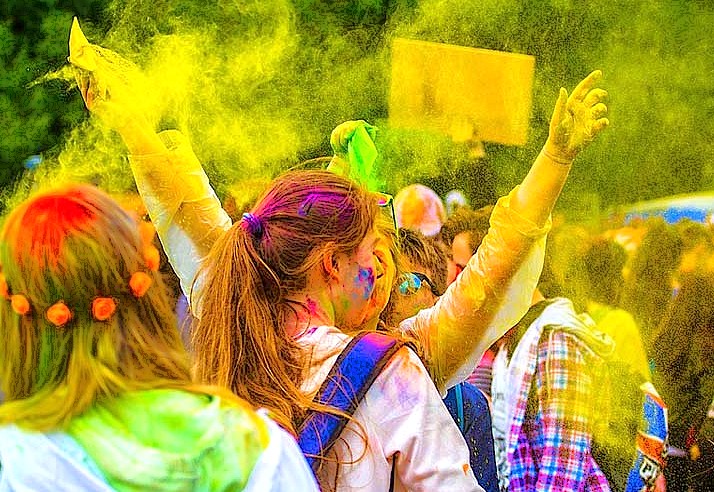
Agra Fort Uttar Pradesh India. A city steeped in history, comes alive with vibrant celebrations throughout the year. At the end of Ramadan, Agra joyously marks Eid al-Fitr with city-wide festivities. These celebrations center around communal prayers at the historic Jama Masjid. Thousands of worshippers dressed in their finest festive attire gather. They transform the grand courtyard into a beautiful spectacle of shared harmony. Families exchange embraces, share sweets and welcome us with food. The city also glows with light and color during Diwali, the festival of lights.
The Pulse of the Local Community
The community is known for its friendliness and hospitality. The locals take immense pride in their heritage, often sharing stories of their historical connections to the site. Engaging with them provides an enriching experience, where you can learn about the traditions and customs that have been passed down through generations. Local bazaars with their lively activity, offering a delightful mix of scents, sounds, and tastes typical of Agra. The atmosphere pulsates with the passion the community holds for their city, inviting us to explore and understand their rich cultural context.
Capturing the Magic: A Photographic Haven
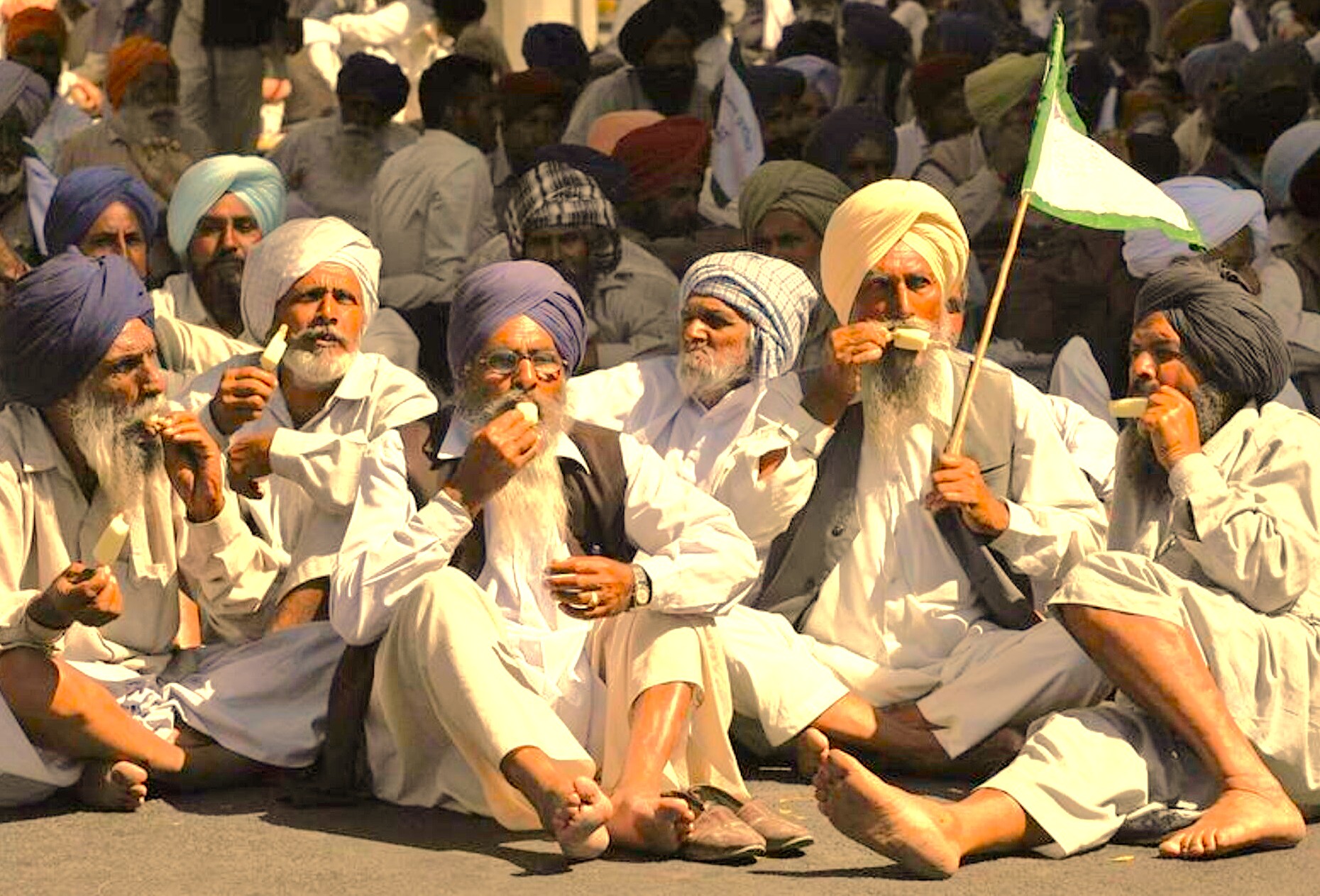
Agra Fort Uttar Pradesh India. Agra celebrates Eid marking Ramadan's end with communal prayers at Jama Masjid. Families gather for festive meals after these important prayers. The mosque's courtyard buzzes with joyful celebration as worshippers unite. This creates a spectacle of shared harmony for us to observe. February brings Taj Mahotsav, a vibrant 10-day festival. It reveals local crafts, music, and dance that reflects the Fort's rich legacy. Artisans display their traditional handicrafts for all to see and admire.
A Culinary Journey: Savor the Flavour
Agra is famous for its unique culinary offerings, particularly Petha, a sweet made from ash gourd. This delicacy comes in various flavors and designs, most notably the translucent, melt-in-your-mouth pieces, often covered with edible silver foil. Another local specialty is Biryani, a coveted rice dish that features marinated meat, saffron, and a blend of aromatic spices. The intricate techniques used in preparing these dishes reflect the culinary heritage influenced by the Mughal lifestyle, making them a must-try when exploring Agra.
The Connection with the Gods
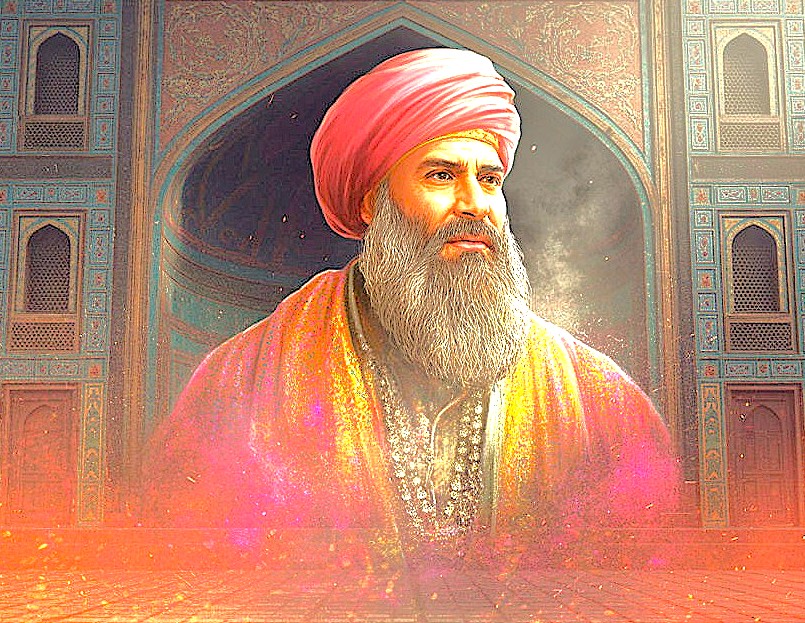
Among the revered figures described here is Krishna, often depicted playing in the sacred Yamuna River. Another significant presence is Salim Chishti, a Sufi saint from whom Mughal emperors frequently sought blessings. Salim Chishti was known for his wisdom and compassionate nature while living a very simple life. He dedicated himself to his spiritual practice and offered help to anyone who came to him. A legend tells that Emperor Akbar, wanting an heir, visited the saint for guidance. Salim Chishti then prophesied the birth of a son. When this prediction came true, a grateful Akbar named his son Salim, who later became the Emperor Jahangir.
Ancient Technologies: Sound, Sacred Geometry & Astrological Influences
The architectural brilliance of Agra Fort extends beyond its imposing structure to incorporate the subtle principles of sacred geometry, featuring patterns like mandalas that are designed to promote harmony and tranquility. This intention is physically manifested through the use of red sandstone and white marble, materials carefully chosen to ground and elevate the fort's energetic atmosphere. Historically, the fort's design also prioritized acoustics, enabling music and voices to resonate throughout its halls, fostering a deep sense of connection. While not directly constructed with specific healing tones like the 528 Hz Solfeggio frequency in mind, the fort’s harmonious environment creates a space where one can connect with restoration, peace, and well-being.
Serendipitous Meetings: Beyond the Main Path
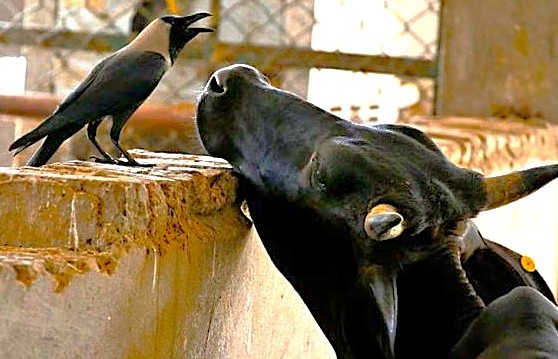
The Fort invites surprises, with opportunities to discover craftsmen at work. Through local streets, we encounter artisans creating marble inlay work and silk weavers showcasing ancestral skills, preserving ancient techniques. These skilled craftspeople continue traditions passed down through several generations with great care and precision. Many operate in family-run establishments, sharing simple stories about their valuable crafts with us during our visit. Shops offer a variety of handmade goods reflecting Agra's heritage.
Resilience and Renewal: Overcoming Adversity’s Challenges
The history of reflects a narrative of resilience, particularly during the 1857 Rebellion, which saw significant destruction within the city, including the Agra Fort. This tumultuous event challenged the community, resulting in much of its cultural heritage being threatened. However, the spirit of the locals remained steadfast. In the years following the rebellion, the community worked tirelessly to restore their beloved city, with initiatives to preserve cultural sites and foster a renewed sense of pride. Today, Agra stands as a testament to this resilience, a place where history and culture are intertwined through shared stories of triumph over adversity.
Urban Legends: Strange Sightings, Myths and Mysteries

Agra Fort Uttar Pradesh India. The rich history surrounding the Fort has given rise to numerous legends, notably the story of Shah Jahan's imprisonment. Local folklore maintains that his spirit still roams the fort, gazing toward the Taj Mahal, symbolizing unending love. Another legend tells of hidden treasures within the fort, believed to have been left behind by the Mughal emperors. These tales continue to intrigue both locals and us who explore the area. Such stories contribute to the mysteries that envelop this significant historical site for everyone.
Holy Cow, India is Everything You Didn’t Know You Needed
Pack your bags, you're invited to explore the Agra Fort Complex. Join us as we delve into its history, savor local delicacies, and experience the warmth of this community. We will uncover stories, admire exquisite craftsmanship, and connect with the rich heritage that defines this historic site. Witness breathtaking Mughal architecture, capture stunning sunset views, and create unforgettable memories as we journey through time in this magnificent Unesco World Heritage treasure. Expert guides will accompany our small, intimate group, ensuring personalized attention while exploring chambers and secret passages. This will be your story.
Symphony of Generosity: Offerings from Wanderers to Residents
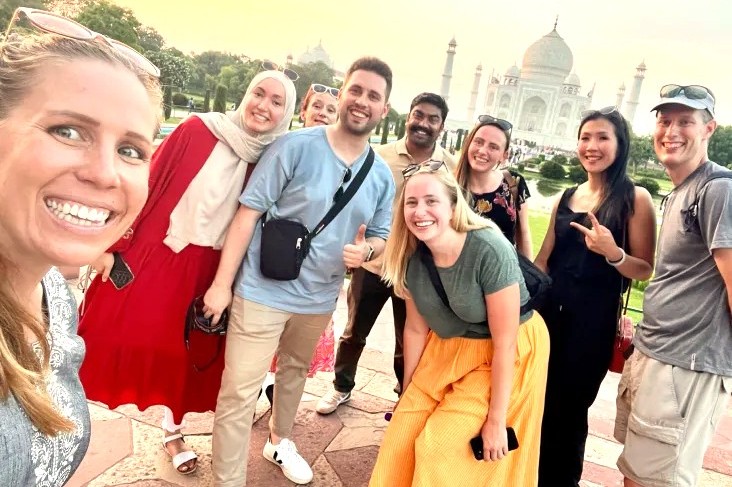
The interactions between locals and us exploring the Agra Fort Complex create a rich cultural exchange. We contribute to the livelihoods of artisans by purchasing handmade crafts and tasting local dishes. This supports them and ensures the continuity of their valuable crafts and traditions for everyone. This reciprocal relationship helps us understand and appreciate aspects of our shared human experience. The community shows generosity toward us who partake in their culture and customs. This enhances our connection to Agra's heritage.